Castle 100 Pocket Hole Machine
Instead of a drill bit, the Castle 100 uses a compact router to make screw pockets that are shaped a little differently than we’re used to.
Designed for finish carpenters and small cabinet shops, the smallest pocket-hole machine from Castle makes the pocket with a Bosch Colt router instead of a stepped drill bit. Castle claims its process produces a cleaner pocket and a stronger connection. In this episode of Tool Tech, host Patrick McCombe takes a look at the Castle 100 and explains its operation. To see if the joints it makes are indeed stronger than the pocket holes made by a jig, he mocks up joints from poplar, oak, pine, and PVC and tests their strength against pocket-hole joints made with a Kreg pocket-hole jig.
Castle 100 Pocket Cutter Machine
$475
Senior editor Patrick McCombe has been testing power tools on behalf of national publications for more than 15 years, and he regularly meets with product manufacturers to try out new introductions. In the Tool Tech series, Patrick reviews the latest tools and materials, discusses building technology, and shows time-tested techniques for better, more-efficient home building.
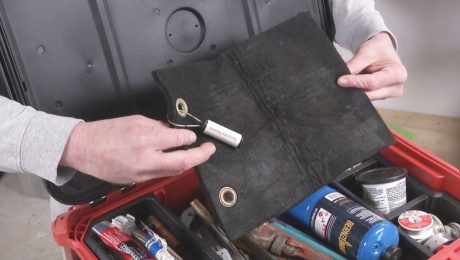
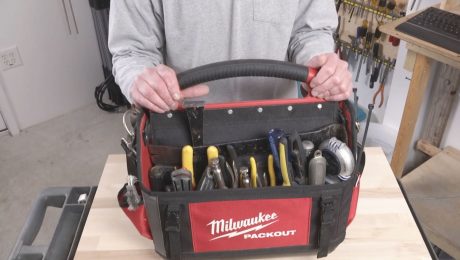
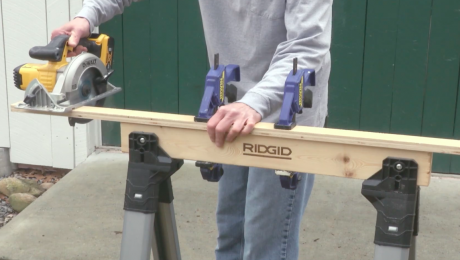




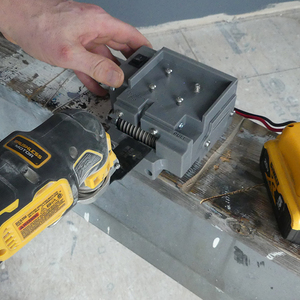






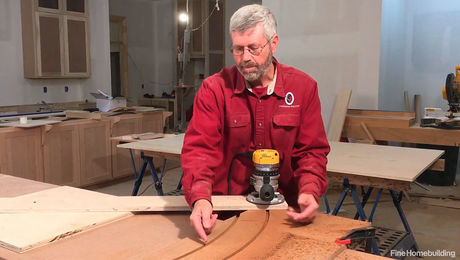
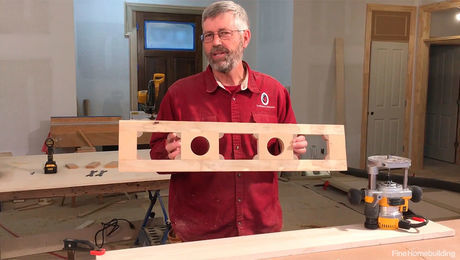
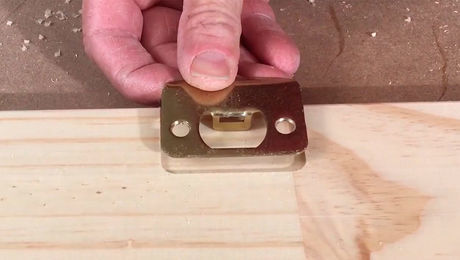



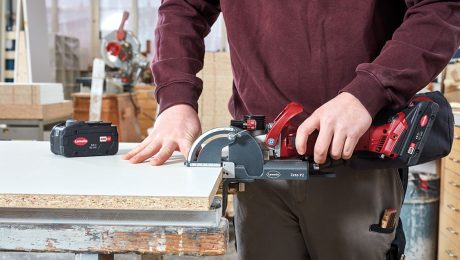










View Comments
Shouldn't you be comparing this to the Kreg Foreman instead ??
The Foreman is closer to the price of the Castle 100, but it's not really portable like the Castle 100. Castle's own comparisons target the jigs, so that's why I did a head-to-head with the Kreg K3. A head-to-head with the Foreman is a good idea though, so maybe we'll do that in a future Tool Tech. Thanks for commenting loose_ends.
At 20 pounds, I'd say the Foreman is portable enough to compete with the Castle 100. It's way faster. I like the lower angle of the Castle and how it fits regular "drywall" screws, but I don't like it $475 worth.
One thing you can do with the standard Kreg jig is remove the screw guide from the jig and use it anywhere. I recently mounted some butcherblock countertops. There were a few places where the top rattled (wasn't down tight). I didn't want to remove the counters and drill extra pocket holes in the right places to secure the rattles, so I did it in place. I just screwed the Kreg guide right to the side of the cabinet and up against the bottom of the countertop, drilled the holes, unscrewed the guide, and drove in the counter mounting screw. It was pretty easy and the rattles went away.
Had a Porter Cable pocket hole cutter years ago. Same principle as the Castle. Didn’t like the vibration, the issue of having a narrower pocket and separate process for the pilot hole. Kreg also makes plugs for your pocket holes should you want to conceal them better.